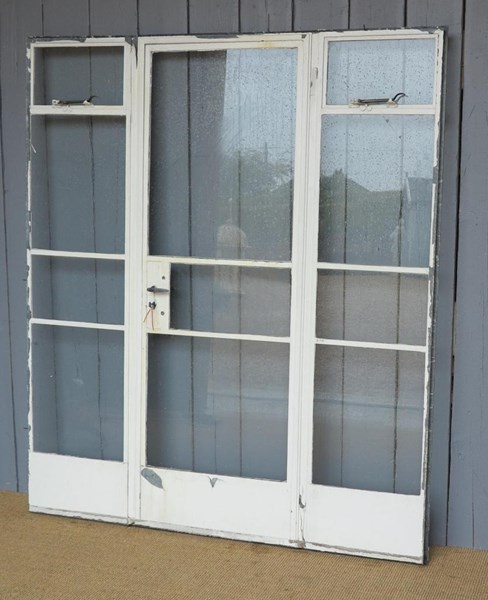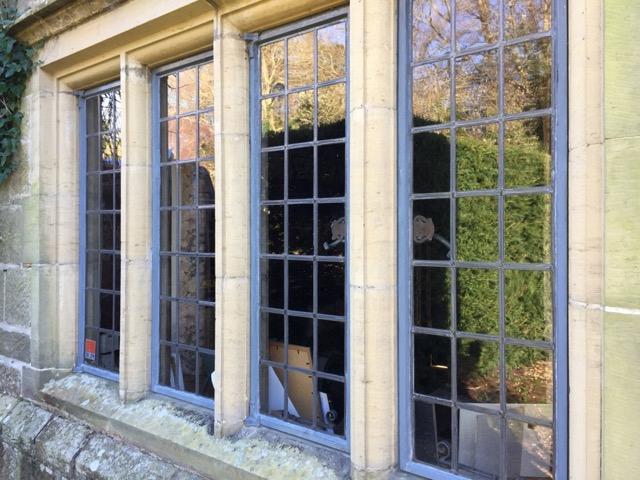Reread you're history.
Not sure how to look that up.
Must be a way to set the search engine to give me results from a time period.
Will chase that later.
But I recall, 2015-16, there was an extreme bullishness in general around FSD.
Calls for the gov't to step up and get to the needed regulations.
The reason I remember is I had been beyond skeptical, but hearing the constant refrain
from people inside the operations, then seeing TSLA vid in 2016 changed my thinking.
It felt right around the corner.
Since then, we have fallen into what is it called, a Nuclear Winter?
Probably not that, but something like it.
Lag or unanticipated delay, it turns out to be not so easily solved.
Still no gov't regulations
They need to stop fighting and start taking care of business.




